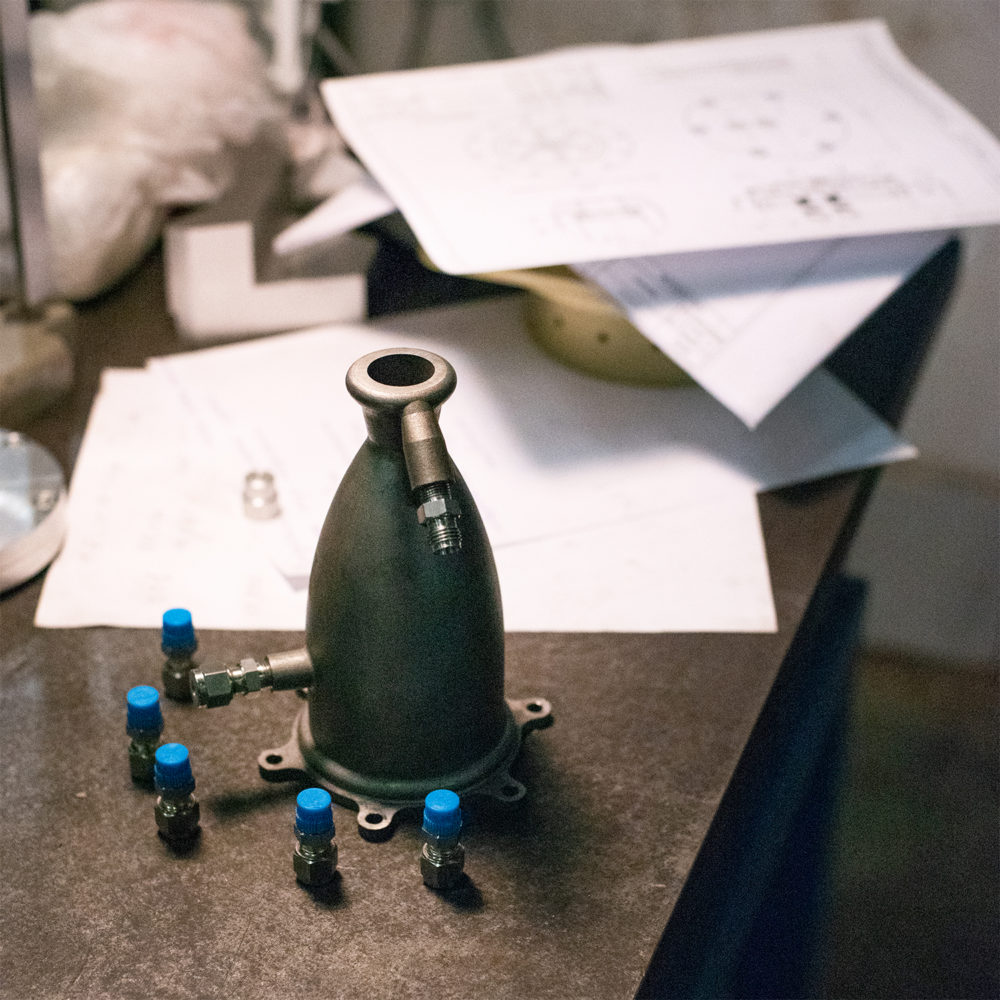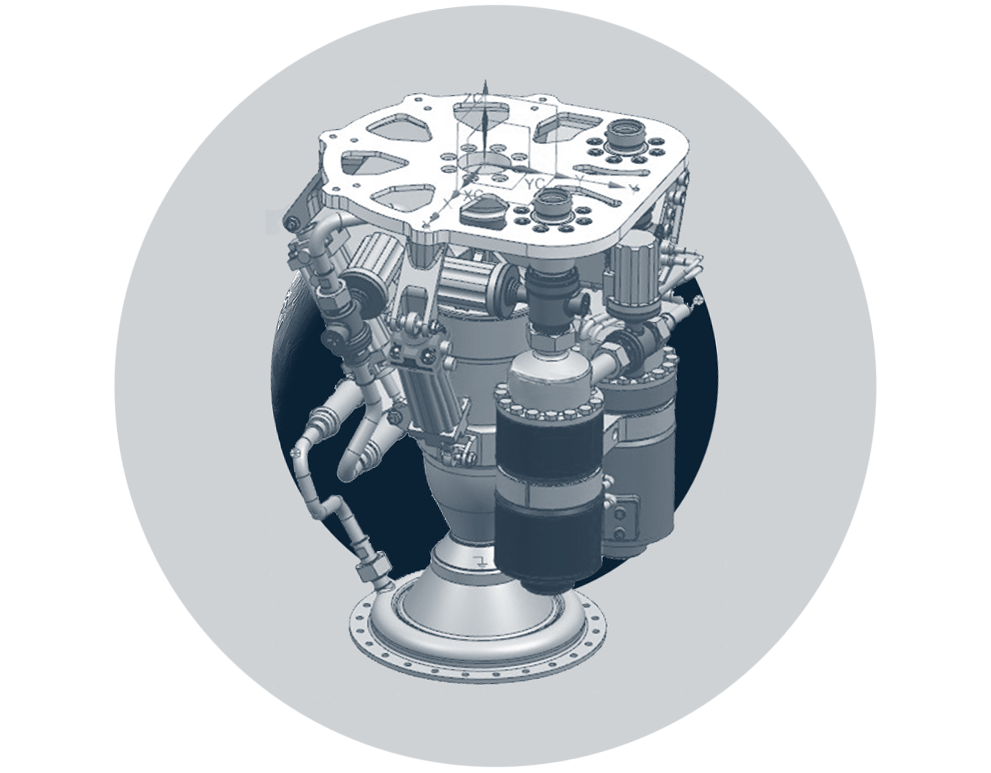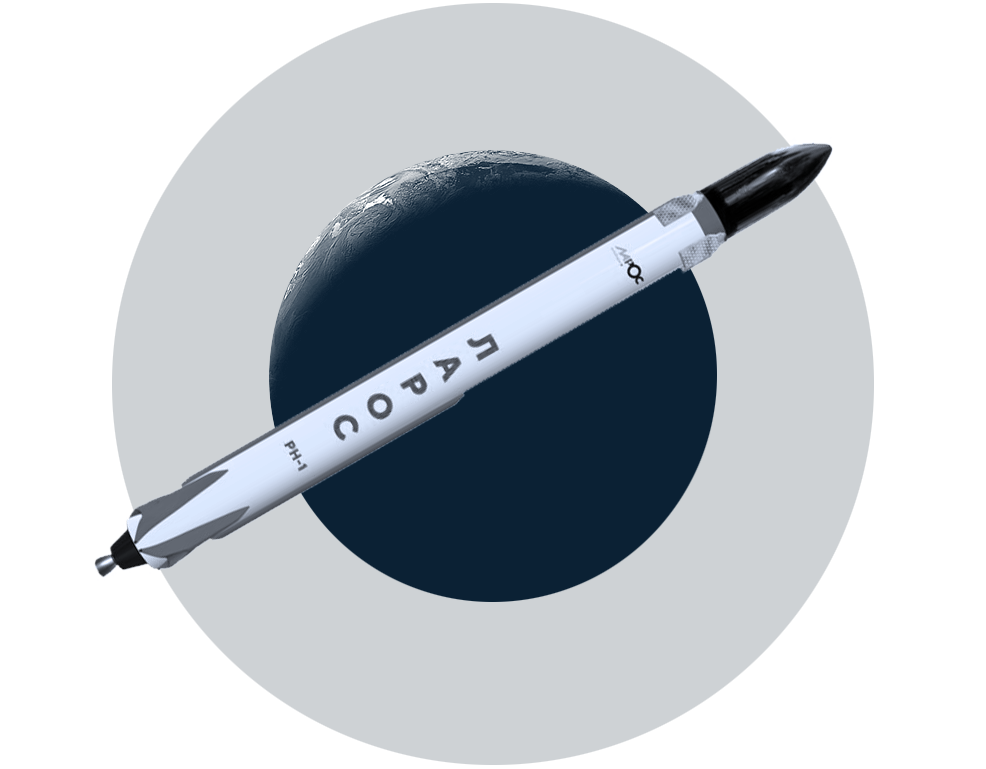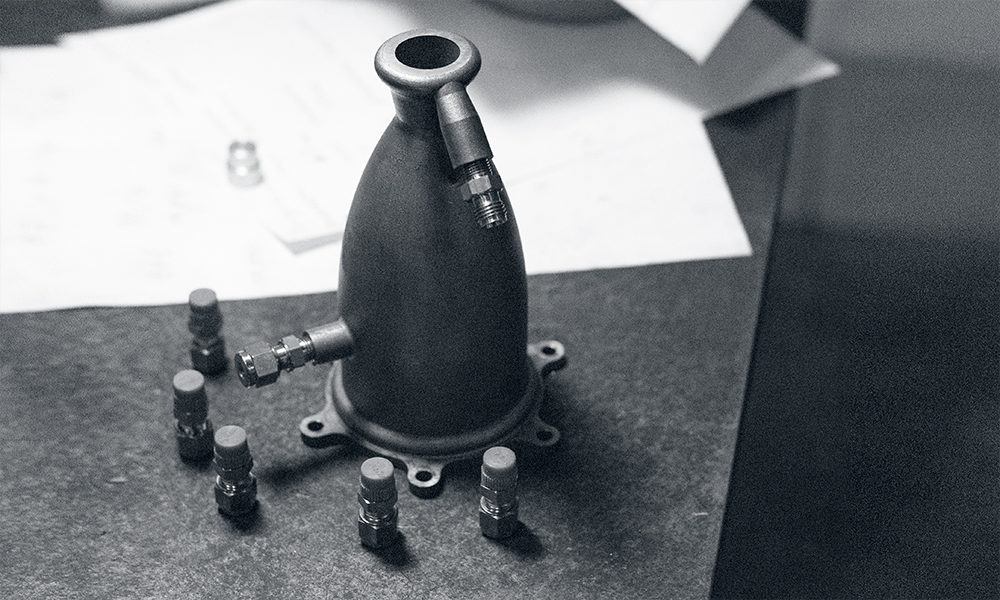The first returnable reusable launch vehicle is scheduled to be launched in 2022
The steady global trend of the past few years is the launch of light and ultralight missiles on the market. This is due, first of all, to an increase in the need to launch small space cargo. The downward trend in the mass of low-orbit satellites is objective. Such devices solve many problems at once: remote sensing of the earth, scientific research, technological developments in gravity and many others.
Until recently, most of them were put into orbit as a passing load using medium and heavy class rockets. In this case, the launch time and the target orbit depend on the readiness of the main cargo. Sometimes this opportunity had to wait for years: the launch was postponed until all spacecraft were ready to launch.
The design of ultralight rockets is also economically feasible, due to the reduction in the cost of delivering goods into orbit. For the Aircraft Bureau «LAROS» line is used a modular carrier scheme, environmentally friendly and non-cryogenic fuel, electric pump system of its supply, and an innovative control system that is much easier and cheaper than traditional counterparts. Accordingly, the unit cost of launching payloads for LAROS ultralight launch vehicles is several times lower than for similar ones.

The first returnable reusable launch vehicle is scheduled to be launched in 2022. The initial version of the LAROS-RN1 rocket will be a single-stage suborbital carrier with an engine of 500 kgf thrust. This was announced in a comment with TASS by the president of the Aircraft Bureau «LAROS» Oleg Larionov. «We plan to launch a suborbital rocket in 2022. This rocket will be launched at an altitude of 120-130 km, and is needed for working out the so-called dynamic or reactive landing», — said Larionov. He added that a 15-meter-high rocket will launch from a heavy-duty car trailer, similar to mobile platforms for intercontinental ballistic rockets of the Strategic Missile Forces.

Currently, work is underway on rocket engines. Experimental samples printed on a 3D — printer with a thrust of 20 kgf are successfully tested on mobile stands in the technical laboratory of the Aircraft Bureau «LAROS». «After achieving stable performance on these samples, the engine will be scaled to a capacity of 500 kg. For a new engine, we will need a testing ground», — said Larionov.
After testing the suborbital rocket, the company will begin to create an orbital reusable light rocket-LAROS-RN2, which will display a payload weighing up to 200 kg at a height of up to 400-500 km.









